The global drug war like you’ve never seen it: 3 reasons to watch Addicted
The world faces a drugs crisis, from cannabis to fentanyl to meth. CNA visits various countries to find out how illicit substances are produced, trafficked and abused, the impact of legalisation and how authorities and activists are fighting back.
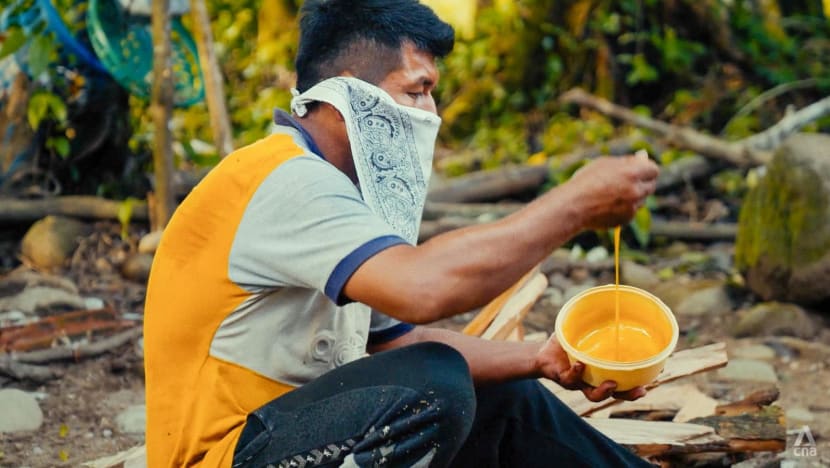
Deep in the jungles of Putumayo, Colombia, a coca farmer shows CNA a tub of freshly made base cocaine.

This audio is generated by an AI tool.
*Names have been changed.
GOTHENBURG/ANTWERP/BANGKOK: Wearing his hoodie, sunglasses and a mask, the drug dealer sat motionless on an icy park bench, ready to confess the cold truth of his trade.
“I’ve been close to death a couple of times,” said *Anders, who has been selling drugs since he was 14. “It’s nothing glamorous like a lot of people think. It’s a tough life. You never sleep. You’re never safe.”
He slowly unwrapped a crinkly plastic bag, revealing an unmistakable white lump. “The purest cocaine you’ll find in Gothenburg right now,” he said. “This is about 20 or 25 grammes. And this one I’ll sell for around 15,000 Swedish krona (US$1,560).”
In his gang, new recruits are getting younger, some as young as 12, lured by the prospect of quick cash, he said.
“They’re like my little brothers. And we’re loyal to each other, so if I tell them to go and shoot someone, they’ll do it.”
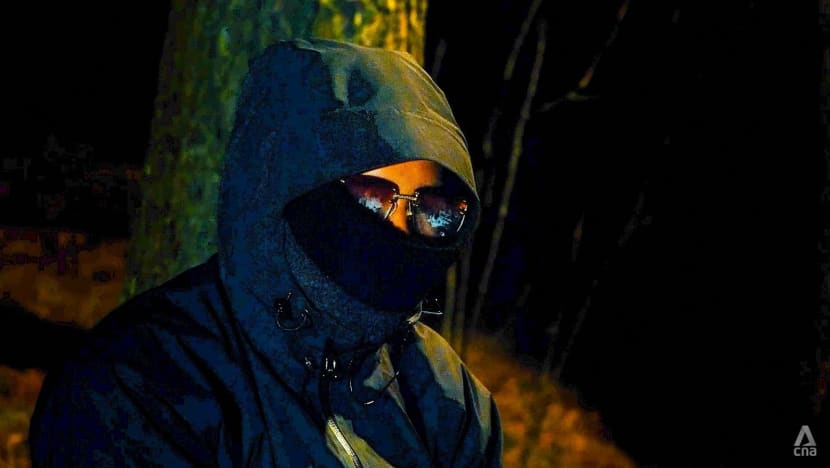

Sweden is battling a wave of drug-related gang violence. Already, the country witnessed 33 bombings in January. And the number of murder case suspects aged below 15 surged by 200 per cent last year compared to 2023.
Drug abuse is also rising, not only in Sweden but globally. The United Nations Office on Drugs and Crime (UNODC) estimates that 292 million people used drugs in 2022, an increase of 20 per cent over a decade.
Some 64 million people were suffering from drug use disorders, with only one in 11 in treatment. The World Health Organization estimated that about 600,000 people died worldwide from drug overdose in 2019.
What is behind this drug addiction crisis?
CNA traverses the front lines of various countries to investigate the world of illicit substances in Addicted. This three-part documentary series offers a rare, unfiltered look at the global production, trafficking and consumption of traditional and synthetic drugs.
WATCH PART 1: Curse of crystal meth — Addiction, trafficking and dangerous production exposed (46:41)
It also looks at the impact of legalising drugs on young people and communities, and how authorities and activists are fighting back against the rise in drug-related violence and crime.
Here are three things that will grab you as it premieres on May 24 and on CNA Insider’s YouTube channel:
1. SEE THE TRICKS OF THE TRADE
Deep in the lawless, cartel-run jungles of Colombia, where 60 per cent of the world’s coca was grown in 2023 — the plant used to make cocaine — CNA managed to gain access to a coca farmer following elaborate negotiations.
In front of the cameras, but hidden in a makeshift lab, *Carlos demonstrated how he made coca paste, the main ingredient in cocaine.
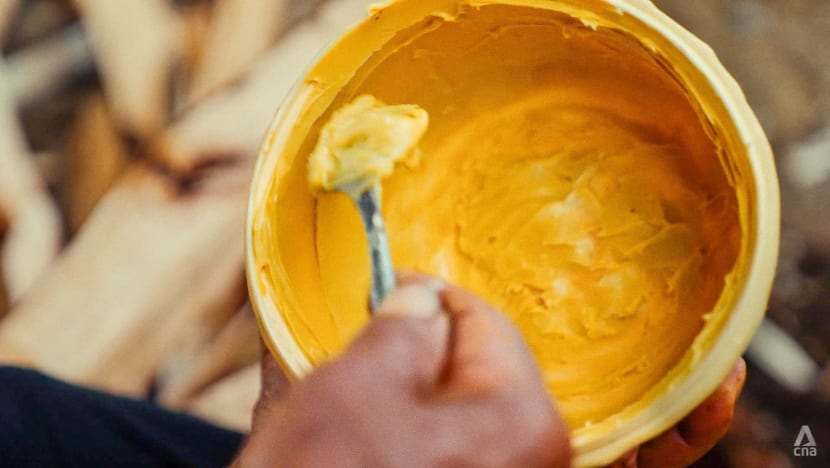
Shredding coca leaves with a scythe before dumping them into chemical-filled plastic barrels, he then added petrol to “wash” the mixture thrice, stirred in sulfuric acid and sieved the sludge through cloth.
Fumes rose thick and acrid as he cooked the brew over an open flame. What was left was a yellowish oil that solidified into a paste.
“One gramme of this paste can sell for 2,000 pesos (US$0.50). We call this base cocaine,” he said.
For farmers like him, life is never safe. Armed guerrillas rule the area he lives in, and residents are not allowed to leave home after 7pm.
“We can be attacked from the air by helicopters, (or) on the ground by coca eradication teams, army and narcotics police,” he said.
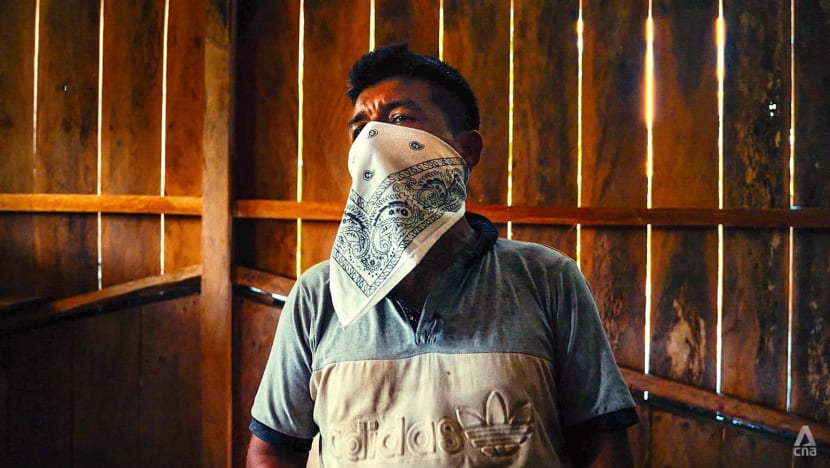
Six decades of conflict, fuelled by the cocaine trade, has displaced eight million people and claimed at least 450,000 lives in his country.
But making cocaine “is the only thing that’s generating employment for us”, he added. “We farmers don’t have another alternative because we’ve been abandoned by the government.”
While cocaine originates from South America, its destination is often half a world away. In Belgium, the Port of Antwerp has developed a reputation as Europe’s cocaine-import capital.
“The most common modus operandi that’s still being used to traffic drugs is what we call the ‘rip-on/rip-off,’” said Bob van den Berghe, deputy head of UNODC’s passenger and cargo border team.

This refers to criminal organisations in source countries hiding drugs in shipping containers, which are recovered later by insiders in destination nations, such as port workers.
It is not easy to keep this under control, according to Kristian Vanderwaeren, administrator-general of Belgian customs. “(By) giving (the criminals) information about where a container is put, you can earn 50,000 euros,” he cited.
Smugglers are also becoming more sophisticated, concealing cocaine in legal goods such as avocados, bananas and coffee as well as timber and textiles.
In 2023, Belgian officials seized 121 tonnes of cocaine. But such concealment methods make it “very complicated to detect” the drug nowadays, said van den Berghe.
Smugglers will even dissolve cocaine in water and put it on clothes, said Anders the Swedish drug dealer. “Then you have, like, a paste, and you dry it.”
WATCH PART 2: Destructive cocaine and fentanyl — Unravelling the harrowing impact on lives (46:29)
2. WITNESS THE IMPACT OF DECRIMINALISATION
In Thailand, the young are also being lured — with the unrestricted sale of cannabis.
The first time *Dao tried the drug, she was around 13 or 14. “My senior invited me to try cannabis cookies,” the 15-year-old student recounted. “After that I felt nauseous, and I threw up. I had a very bad headache.”
Thailand legalised recreational marijuana use in 2022. That year, the percentage of cannabis users aged 18 to 19 increased tenfold to 20 per cent, said Rasmon Kalayasiri, an associate professor of psychiatry at Chulalongkorn University.
“The danger is that edible cannabis comes in the form of snacks, like brownies or jelly, which don’t look scary or dangerous (and) which make people eat more,” said Prani Paveenchana, a child and adolescent psychiatrist in Bangkok.

“It’s incredibly easy to buy,” added Yosakorn Khunpakdee, coordinator of the Youth Network Against Cannabis. “Do they check the buyer's age? No.”
Another student, 16-year-old *Kiet, recounted how trying cannabis last year affected him. “I came to school just to nap. I was in a daze, dull and drowsy,” he said.
“I looked shabby and thin. … My (academic) performance was bad. My memory was impaired.”
Thailand is currently tightening control of marijuana use, with a fresh plan to require medical certificates for buying cannabis. Three years after decriminalisation, the impact has been felt not just among the young.
“Some tourists have consumed too much cannabis, causing them to lose control, sometimes leading to suicides,” said Paisan Limstit, a committee member at Thammasat University’s Health Laws and Ethics Centre. “There have been several cases of Thai people committing suicide too.”

Over in Canada, there is a fentanyl crisis. The synthetic drug, 100 times stronger than morphine, was behind three in four opioid-related overdose deaths last year.
Between January 2016 and last September, there were almost 51,000 apparent opioid deaths, mostly involving fentanyl.
“What started happening was, states on the US side started legalising medical marijuana,” said crime reporter Kim Bolan. “Suddenly, black market cannabis wasn’t as much of a (lucrative) product … (so criminals) started making synthetic drugs.”
To encourage addicts to seek treatment, the province of British Columbia launched a pilot in 2023 that permitted the possession of small amounts of hard drugs, such as heroin and methamphetamine, for personal use in specific locations.
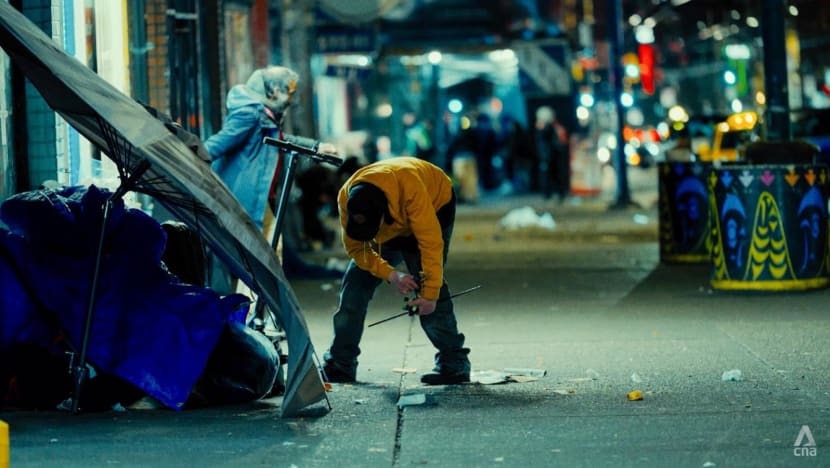
“What ended up happening was that a significant number of people taking those drugs were using them as a currency on the street and trading them for deadly fentanyl anyway,” said Elenore Sturko, a British Columbian legislative assembly member.
In the year that followed decriminalisation, opioid-related deaths also rose by nearly 5 per cent. Last April, British Columbia’s premier reversed the decriminalisation pilot in public spaces, citing the need to “keep people safe” and stop public disorder.
3. MEET PEOPLE MAKING A DIFFERENCE ON THE GROUND
In Karachi, Pakistan, a mix of religion and going cold turkey is the treatment strategy for recovering addicts in a sparse facility. As they huddled on the floor of Detox Ward (B), they turned their palms upwards in prayer.
“We harness their willpower to keep them going through the detox phase,” said Umair Ansari, the manager of Sunshine Rehabilitation Welfare Centre.
The centre’s conditions are grim, but these patients are the lucky ones. Drug addiction treatment is available to fewer than 30,000 drug users a year, in a country with 6.7 million drug users who consume narcotics like cannabis and meth.

“The happiness we used to get after an hour of taking drugs, now we feel that happiness for 24 hours,” said one recovering addict. “Alhamdulillah (All praise is due to Allah), we now have everything.”
Over in Saraburi, central Thailand, the Thamkrabok Temple (Wat Thamkrabok in Thai) is battling the country’s drug crisis with its ancient Buddhist methods.
More than three million individuals, or approximately 4.6 per cent of Thailand’s population, are synthetic drug users. Over 95 per cent of these drug addicts are between 15 and 59 years old, the prime working age.
“The first five days (here) are a battle against the lingering toxins in their body. And against their memories and emotions,” said Phra Ajahn Vichit Akkajitto, the temple’s vice abbot.
New inductees line up along a drain before downing a potent herbal shot. Almost instantly they double over and puke as others cheer them on.


“This is Hua Ya Bamrung, (a herb) essential for detoxification and recovery,” said Vichit. “As drugs are consumed, alkaloids and other toxins accumulate in the body. This process helps flush them out daily.”
Patients here also sweat out toxins in herbal steam rooms and spend their days exercising and meditating under the monks’ guidance.
One unexpected face among the recovering addicts is Russian ex-drug user Elena, who has been here for two months.
“I lost my husband. I lost my family. And I came to a point where probably I’d either die or just do something drastic,” she said. “I was lucky that my friends brought me here.
“You have to understand, … we’re unwell people. And then eventually, gradually, you see how people start getting better.”
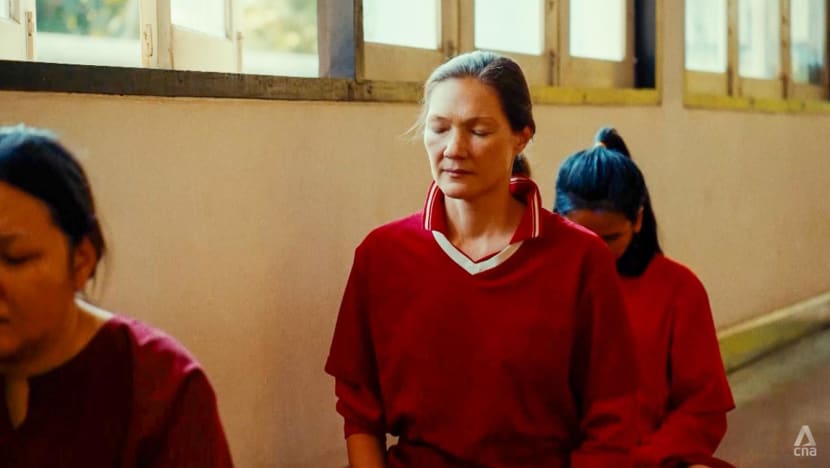
Last but not least, CNA got to see how those in Singapore who were once caught up in drugs are trying to help others avoid the same fate.
Former drug addict Andrew Ong, for example, co-founded Break the Cycle SG “to break the cycle of recidivism”. “We usually have ex-offenders … cycling with us,” he said, “as a way to reintegrate, to make new friends.
“As an ex-offender myself, I understand that (breaking) a habit is very difficult. You can’t just say, ‘I quit.’ … You need to replace a bad habit with a good habit.”
Besides giving members a sense of belonging and an outlet for stress through sports, Break the Cycle has helped ex-offenders who were struggling to get back on their feet.
WATCH PART 3: The cannabis trap — Why youths are falling for it (46:10)
Take Bernard Lim — the former drug addict struggled to land a skilled job after leaving a halfway house. Besides sponsoring upgrading courses for him to become a Brompton Bicycle specialised mechanic, Break the Cycle connected him to his current employer.
“That gradually helped me to move away from my old addictions,” said Lim.
Addicted airs from May 24 to 26 in the 9pm time slot. Or watch it here: Part 1, Part 2 and Part 3.



















